
<p>The Birthplace of Antonín Dvořák in Nelahozeves</p>
The originally Baroque birthplace of Antonín Dvořák, along with the surrounding farm buildings, is a significant landmark of the municipality and a national cultural monument. In 1884, it was purchased by the Lobkowicz family. Later, it was confiscated by the Nazi and communist regimes. From 1976 to 2019, the building was managed by the National Museum, after which it was taken over by Lobkowicz Collections, o.p.s., which initiated its long-anticipated transformation into an international music center with a new museum exhibition.
The new museum exhibition will connect Dvořák's music with the genius loci of his birthplace. The innovative exhibition will present the environment of the central Czech village as it appeared in the mid-19th century, at the time when Dvořák was growing up. Great emphasis is placed on the auditory aspect and, of course, on music. Visitors will have access to the music through special audio guides that will introduce them to the composer's life and career, leading from the modest circumstances of his birthplace to worldwide recognition.
The architectural design of the reconstruction of the birthplace was created by the renowned British studio Wright & Wright. The museum exhibition solution was prepared by the company Ralph Appelbaum Associates, one of the most prestigious firms focused on museum exhibition design. The team that contributed to the exhibition preparation worked with the results of many years of research and study of archival materials. The preparation also included consultations with historians and experts who generously provided their knowledge, so the concept of the narrative of Dvořák's childhood is based on the interpretation of real stories and events.
The birthplace of Antonín Dvořák and the adjacent area is a space for organizing numerous musical, community, and educational programs, concerts, and creative workshops intended for all generations.
In his music, Antonín Dvořák drew from Czech folk traditions, incorporating elements into his extensive body of work. He advocated for the definition of a Czech national musical style and presented it to the world. His key compositions, including the Slavonic Dances and the famous opera Rusalka, were successfully performed in Prague, Vienna, and London. During his tenure as director of the American National Conservatory of Music in New York (1892–1895), Dvořák composed his most famous work, Symphony No. 9 "From the New World." It premiered in December 1893 at Carnegie Hall, and in 1969, a recording of it even made its way aboard Apollo 11, which was led by Neil Armstrong on the mission to the Moon.
Dvořák encouraged Americans to appreciate their unique musical heritage, particularly African American spirituals and the music of Native Americans. These inspired not only his own compositions but also paved the way for American composers and musicians such as Aaron Copland, George Gershwin, and Duke Ellington, giving rise to new musical genres, including jazz. Dvořák's influence developed and shaped the future distinctly American musical voice.
Despite all his international success, Dvořák never forgot his humble origins. The places and sounds of his childhood, such as the noise of the village tavern, the rushing Vltava River, the whistling of steam trains, and bird songs, deeply rooted in memories of his beloved homeland, resonated throughout his life and music.
The new museum exhibition will connect Dvořák's music with the genius loci of his birthplace. The innovative exhibition will present the environment of the central Czech village as it appeared in the mid-19th century, at the time when Dvořák was growing up. Great emphasis is placed on the auditory aspect and, of course, on music. Visitors will have access to the music through special audio guides that will introduce them to the composer's life and career, leading from the modest circumstances of his birthplace to worldwide recognition.
The architectural design of the reconstruction of the birthplace was created by the renowned British studio Wright & Wright. The museum exhibition solution was prepared by the company Ralph Appelbaum Associates, one of the most prestigious firms focused on museum exhibition design. The team that contributed to the exhibition preparation worked with the results of many years of research and study of archival materials. The preparation also included consultations with historians and experts who generously provided their knowledge, so the concept of the narrative of Dvořák's childhood is based on the interpretation of real stories and events.
The birthplace of Antonín Dvořák and the adjacent area is a space for organizing numerous musical, community, and educational programs, concerts, and creative workshops intended for all generations.
ANTONÍN DVOŘÁK
The story of the world-famous composer Antonín Dvořák (1841–1904) begins in the small central Czech village of Nelahozeves, located on the left bank of the Vltava River, 35 km north of Prague. It was there in 1841 that Antonín was born to Anna and František Dvořák as the eldest of nine children. His father ran a butcher shop and a tavern, where he played the zither during village festivities. The boy spent most of his childhood surrounded by musical experiences. In the Church of St. Andrew, which stands right across from the house and where he was baptized, he heard the organ and the voices of local singers for the first time. The local teacher and cantor, Josef Spitz, taught him to play the violin, and Dvořák soon began performing at church services and village celebrations. In 1853, he moved from Nelahozeves to nearby Zlonice to continue his studies. From the humble beginnings of the son of a Nelahozeves butcher and innkeeper, he gradually became an internationally recognized composer and musical genius.In his music, Antonín Dvořák drew from Czech folk traditions, incorporating elements into his extensive body of work. He advocated for the definition of a Czech national musical style and presented it to the world. His key compositions, including the Slavonic Dances and the famous opera Rusalka, were successfully performed in Prague, Vienna, and London. During his tenure as director of the American National Conservatory of Music in New York (1892–1895), Dvořák composed his most famous work, Symphony No. 9 "From the New World." It premiered in December 1893 at Carnegie Hall, and in 1969, a recording of it even made its way aboard Apollo 11, which was led by Neil Armstrong on the mission to the Moon.
Dvořák encouraged Americans to appreciate their unique musical heritage, particularly African American spirituals and the music of Native Americans. These inspired not only his own compositions but also paved the way for American composers and musicians such as Aaron Copland, George Gershwin, and Duke Ellington, giving rise to new musical genres, including jazz. Dvořák's influence developed and shaped the future distinctly American musical voice.
Despite all his international success, Dvořák never forgot his humble origins. The places and sounds of his childhood, such as the noise of the village tavern, the rushing Vltava River, the whistling of steam trains, and bird songs, deeply rooted in memories of his beloved homeland, resonated throughout his life and music.
The English translation is powered by AI tool. Switch to Czech to view the original text source.
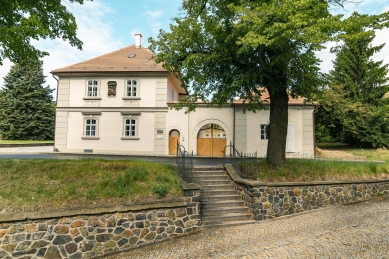
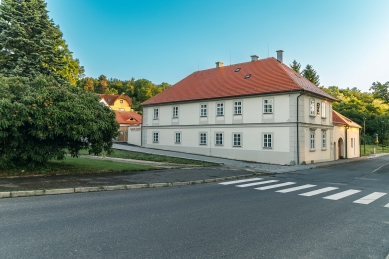
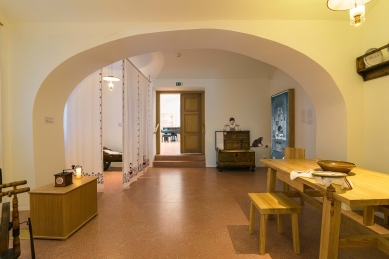
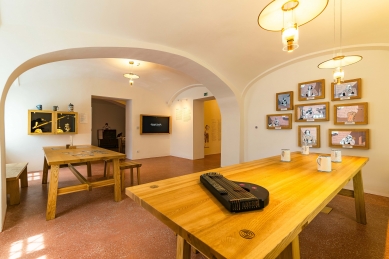
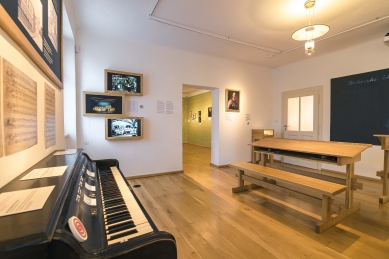
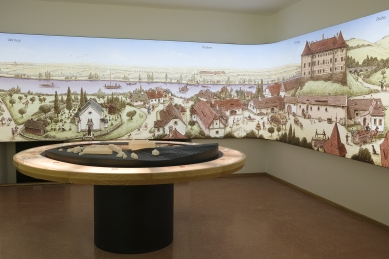
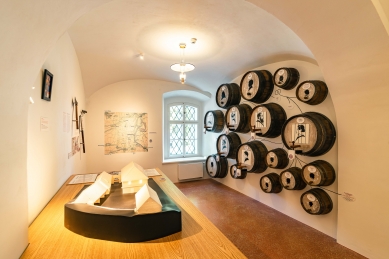
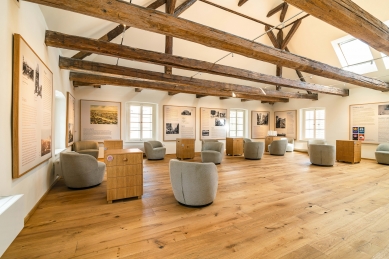
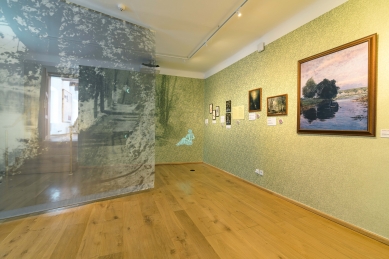
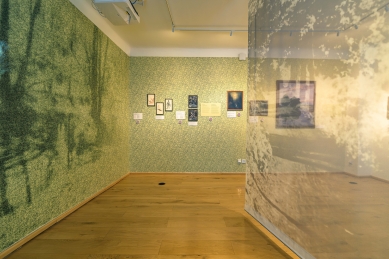
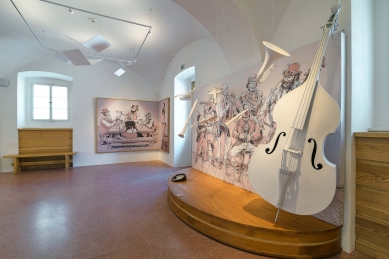
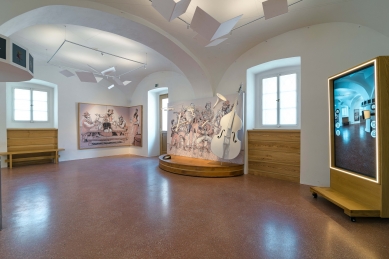
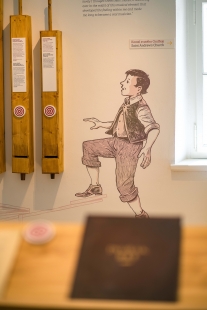
0 comments
add comment











